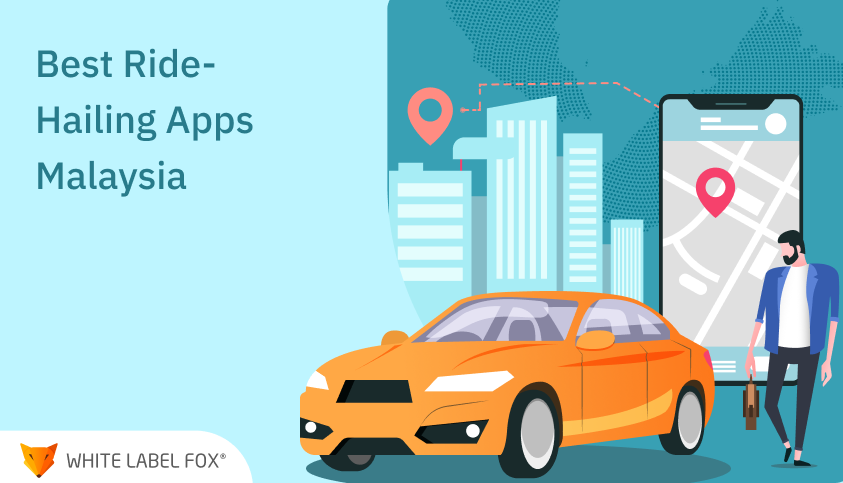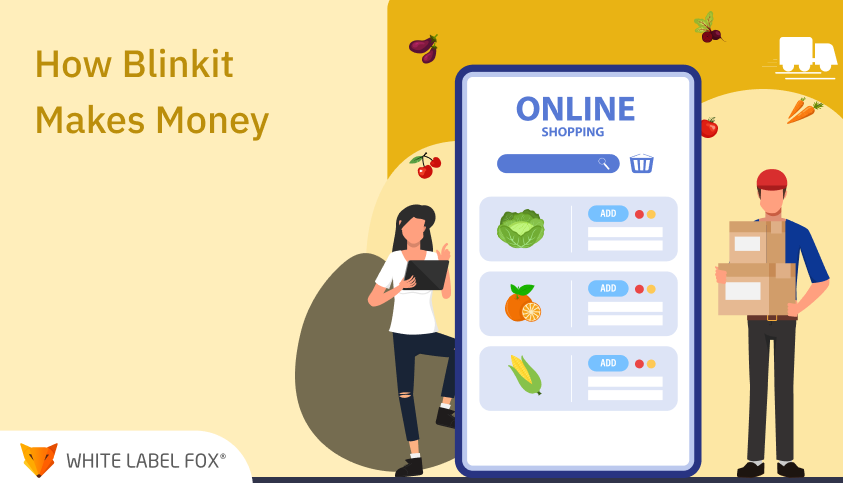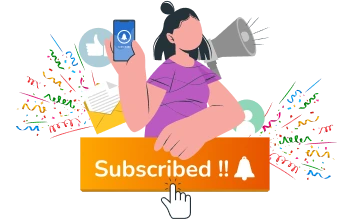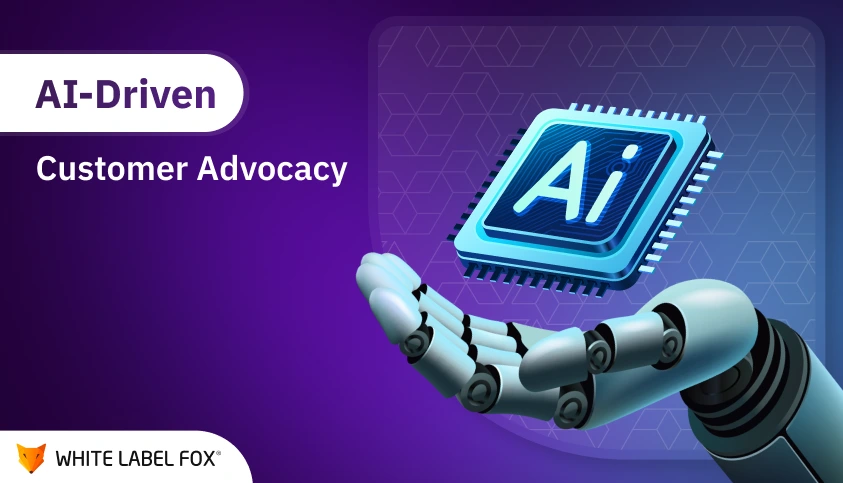Nowadays, there is an app for everything. From the beauty services to online grocery shopping everything being online. So, the roadside assistance and tow truck are high demand startups.
Think of that when you going somewhere and your car has some problems in the middle of the highway. You call the towing truck agency and no one has to pick up your call; what to do?
Why don’t we have an app for booking a tow truck or roadside assistance? It’s similar to book a taxi or ordering food using the app. The on-demand tow truck is a great opportunity concept for entrepreneurs.
Uber develops a tow-truck application HONK who has help people who are stuck in the middle of a highway or any other location where assistance is hard to render.
How the Roadside Assistance App Works?
Users can log in through a phone number, email address, and social account to book the tow truck services.
They can select the services for the tow truck based on the list.
The customer shares their location information with the tow truck providers.
Are You Planning To Develop A Roadside Assistance App Like Uber For Tow Truck Learn More About Our Readymade Clone Script.
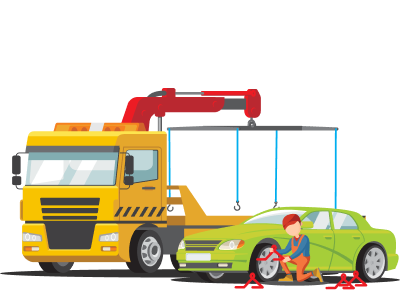
A customer shares their vehicle information such as car model, color, plate number, registration number, etc.
After that, a select service provider arrived at the location and fulfilled the service request. And, gave feedback based on their provide experience.
Feature Include in Roadside Assistance App:
For User App
Social Login
A user has the option to register/sign up through their social account like Facebook, Google or via Email.
View Provider List
After login, the user can view a list of the tow truck services provider with details like name, review & rating, etc.
Book Services
After select service providers, users can select location and book services based on their requirements.
Payment Option
To pay for the services, the user as a flexible payment option such as cash, credit, and in-app wallet.
Review & Rating
After completing the service request, the user gave review and rating to a provider based on their experiences.
Track Location
Users can track the live location of the service provider and find the arrival time.
For Tow Truck Provider App:
Manage Document
A service provider adds/modify required documents like ID proof, driving license, vehicle insurance.
Add Services
A service provider adds services and package which they want to offers.
Manage Service Request
A service provider views the upcoming services requests and manages service requests by accepting/reject options.
Map Navigation
To find the exact location or shortest path, service providers use Google map navigation within the app.
Earning History
A service provider view completed, cancel, pending and running services request with all details.
Manage Profile
A service provider manages their profile information such as name, address, services radius, and profile picture.
How Much Cost to Develop Roadside Assistance App?
The cost to develop a roadside assistance app depends on mainly two factors, in which technology, and location you want to choose to develop uber like tow truck application.
If you want to develop both Android and iOS applications for a tow truck the cost may increase. Also, if you want to add some customized features in your app the cost increases.
At WhiteLabelFox, we offer the best roadside assistance clone script for your tow truck business. We provide both Android and iOS applications as per your customized requirements. For more information, you can directly contact us.
Frequently Ask Questions
A roadside assistance app like Uber for tow trucks connects drivers in
need of towing services with nearby tow truck operators. Through the
app, users can request assistance, track the nearest tow truck, and make
payments securely. This app works similarly to rideshare apps, but its
focus is on providing quick, reliable towing services during
emergencies.
Essential features include:
- User and driver profiles: Users and tow truck drivers can
create profiles with relevant details, including vehicle type,
insurance, and experience.
- Geolocation services: Use GPS to locate both the user’s
vehicle and available tow trucks in the area.
- Real-time tracking: Allow users to track the location of
their tow truck in real-time.
- Payment integration: Secure payment gateways for easy
transactions (e.g., credit card, PayPal).
- Emergency alerts: Push notifications for both users and
drivers about updates, ETAs, or issues.
- Ratings and reviews: Users can rate their experience with
the tow truck driver, ensuring service quality.
- Multiple service options: Allow users to choose from
various services, such as jump-starts, tire changes, or towing.
- User and driver profiles: Users and tow truck drivers can create profiles with relevant details, including vehicle type, insurance, and experience.
- Geolocation services: Use GPS to locate both the user’s vehicle and available tow trucks in the area.
- Real-time tracking: Allow users to track the location of their tow truck in real-time.
- Payment integration: Secure payment gateways for easy transactions (e.g., credit card, PayPal).
- Emergency alerts: Push notifications for both users and drivers about updates, ETAs, or issues.
- Ratings and reviews: Users can rate their experience with the tow truck driver, ensuring service quality.
- Multiple service options: Allow users to choose from various services, such as jump-starts, tire changes, or towing.
To ensure reliability:
- Background checks: Perform thorough background checks on
tow truck drivers, including driving records and criminal
history.
- Driver verification: Require tow truck drivers to submit
proof of certification, insurance, and vehicle inspection.
- Real-time monitoring: Track tow truck locations and
monitor driver performance to maintain safety standards.
- Insurance coverage: Ensure that both drivers and users
are covered in case of accidents or damage during the towing
process.
- Background checks: Perform thorough background checks on tow truck drivers, including driving records and criminal history.
- Driver verification: Require tow truck drivers to submit proof of certification, insurance, and vehicle inspection.
- Real-time monitoring: Track tow truck locations and monitor driver performance to maintain safety standards.
- Insurance coverage: Ensure that both drivers and users are covered in case of accidents or damage during the towing process.
Challenges include:
- Trust and safety: Gaining users' trust in tow truck
drivers requires stringent vetting processes.
- Real-time tracking: Ensuring accurate geolocation data
for both users and drivers can be complex, especially in rural
areas.
- Payment processing: Implementing a smooth and secure
payment system while complying with local financial regulations.
- Emergency services coordination: Providing an efficient
way to manage high-demand situations, such as multiple emergency
requests during peak hours.
- Trust and safety: Gaining users' trust in tow truck drivers requires stringent vetting processes.
- Real-time tracking: Ensuring accurate geolocation data for both users and drivers can be complex, especially in rural areas.
- Payment processing: Implementing a smooth and secure payment system while complying with local financial regulations.
- Emergency services coordination: Providing an efficient way to manage high-demand situations, such as multiple emergency requests during peak hours.
Monetization strategies include:
- Service fees: Charge a commission or service fee on each
tow truck booking.
- Subscription plans: Offer users a subscription-based
service for discounted rates on regular roadside assistance
services.
- Premium services: Provide premium features, such as
priority dispatch, express services, or extended coverage for an
additional fee.
- Advertising: Allow related businesses (e.g., auto repair
shops, insurance companies) to advertise within the app.
- Service fees: Charge a commission or service fee on each tow truck booking.
- Subscription plans: Offer users a subscription-based service for discounted rates on regular roadside assistance services.
- Premium services: Provide premium features, such as priority dispatch, express services, or extended coverage for an additional fee.
- Advertising: Allow related businesses (e.g., auto repair shops, insurance companies) to advertise within the app.
Key technologies include:
- Mobile app development: Develop using Swift for iOS and
Kotlin for Android, or use a cross-platform framework like React
Native.
- Backend technologies: Use robust frameworks like Node.js
or Django for handling app data, user profiles, and service
requests.
- GPS and mapping services: Integrate Google Maps or Mapbox
for geolocation and real-time tracking.
- Payment gateways: Use trusted payment processors like
Stripe or PayPal for secure transactions.
- Push notifications: Implement services like Firebase for
timely alerts and updates to users.
- Mobile app development: Develop using Swift for iOS and Kotlin for Android, or use a cross-platform framework like React Native.
- Backend technologies: Use robust frameworks like Node.js or Django for handling app data, user profiles, and service requests.
- GPS and mapping services: Integrate Google Maps or Mapbox for geolocation and real-time tracking.
- Payment gateways: Use trusted payment processors like Stripe or PayPal for secure transactions.
- Push notifications: Implement services like Firebase for timely alerts and updates to users.
To improve user experience:
- Simple, intuitive interface: Ensure easy navigation with
quick access to booking, payment, and tracking features.
- Quick response times: Enable fast booking and immediate
dispatch of tow trucks in emergency situations.
- Accurate estimated time of arrival (ETA): Provide users
with real-time ETAs based on the tow truck’s location and
traffic conditions.
- In-app communication: Allow users and drivers to message
each other within the app for clarification or updates.
- Simple, intuitive interface: Ensure easy navigation with quick access to booking, payment, and tracking features.
- Quick response times: Enable fast booking and immediate dispatch of tow trucks in emergency situations.
- Accurate estimated time of arrival (ETA): Provide users with real-time ETAs based on the tow truck’s location and traffic conditions.
- In-app communication: Allow users and drivers to message each other within the app for clarification or updates.
To scale:
- Expand geographic coverage: Gradually increase the
service area by partnering with more tow truck operators in
different locations.
- Increase driver pool: Onboard more qualified tow truck
drivers to ensure availability across the platform.
- Add more services: Introduce additional features such as
flat tire repair, fuel delivery, or locksmith services to meet
more customer needs.
- Market the app: Invest in digital marketing and
collaborate with automotive businesses, such as car dealerships
and repair shops, to increase visibility.
- Expand geographic coverage: Gradually increase the service area by partnering with more tow truck operators in different locations.
- Increase driver pool: Onboard more qualified tow truck drivers to ensure availability across the platform.
- Add more services: Introduce additional features such as flat tire repair, fuel delivery, or locksmith services to meet more customer needs.
- Market the app: Invest in digital marketing and collaborate with automotive businesses, such as car dealerships and repair shops, to increase visibility.
Legal considerations include:
- Liability insurance: Ensure that both users and drivers
have appropriate insurance to cover any damages or accidents
during the service.
- Terms of service and privacy policy: Clearly define the
terms of service and user privacy policies to protect both the
business and the customers.
- Local regulations: Comply with local transportation laws,
vehicle licensing requirements, and insurance regulations for
tow truck drivers.
- Driver contracts: Draft clear contracts for drivers,
outlining their responsibilities, pay structure, and compliance
with service standards.
- Liability insurance: Ensure that both users and drivers have appropriate insurance to cover any damages or accidents during the service.
- Terms of service and privacy policy: Clearly define the terms of service and user privacy policies to protect both the business and the customers.
- Local regulations: Comply with local transportation laws, vehicle licensing requirements, and insurance regulations for tow truck drivers.
- Driver contracts: Draft clear contracts for drivers, outlining their responsibilities, pay structure, and compliance with service standards.


